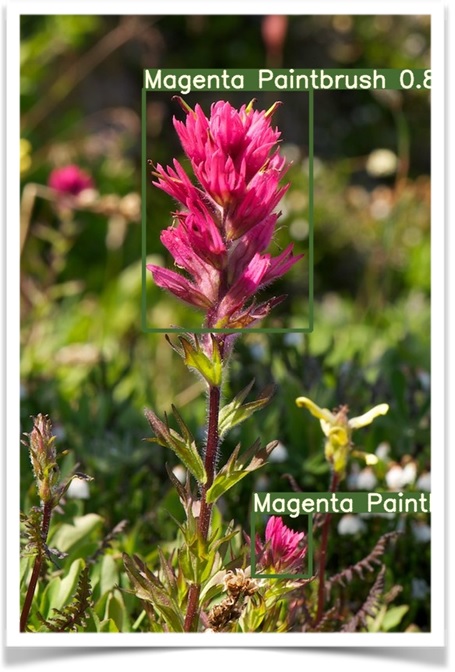Project Lead: Aji John, Department of Biology
eScience Liaison: Nicoleta Cristea and Amanda Tan
Alpine wildflowers are integral part of montane ecosystems; they provide a wide variety of ecosystem services like pollination, and nutrient recycling. Numerous studies have found that these wildflower species are sensitive to climate warming as their flowering phenology (development stage) is strongly related to snowmelt. To understand the effects of climate change on these vulnerable wildflowers, records of various stages of development are required; MeadoWatch which is one of the citizen science initiatives run by Janneke Hille Ris Lambers (JHRL) lab at UW have spearheaded the effort of documenting stages for the past 8 years. Volunteers visit the sites along two popular trails on the south and east side of Mt. Rainier from bud break to post flowering. The program has so far been successful in raising awareness of climate change on wildflowers and being a natural history conduit to staff at Mt Rainier National Park.
At the beginning of 2020, a related initiative was started whereby field images of meadow flowers were captured alongside hyperspectral imagery from hoisted drones. The goal was twofold; first to improve remotely sensed phenology detection of these meadows, and secondly to complement citizen science observations by capturing finer spectral signatures of meadow flowers such that it can be then cross-evaluated with imagery from satellite providers (e.g., Planet, Sentinel-2 and Landsat 8). However, to understand and derive field observed spectral signatures, there is a need to delineate and demarcate flowers from heterogeneous backgrounds (e.g., trees, leaves, soil, rocks, etc.).
We applied Convolutional Neural Nets (CNN) to delineate meadow flowers from complex backgrounds like rocks, soil and leaves. Two architectures Mask R-CNN and YOLO were used. The results were promising; the algorithms performed well in detecting unique number of meadow species, but differed in picking all the instances. Mask R-CNN was the subsequent choice because it was able to detect relatively more instances given that it satisfactorily got uniqueness of species correct.
The results pave way for next steps relating to wildflower occurrences/co-occurrences spatiotemporally.

